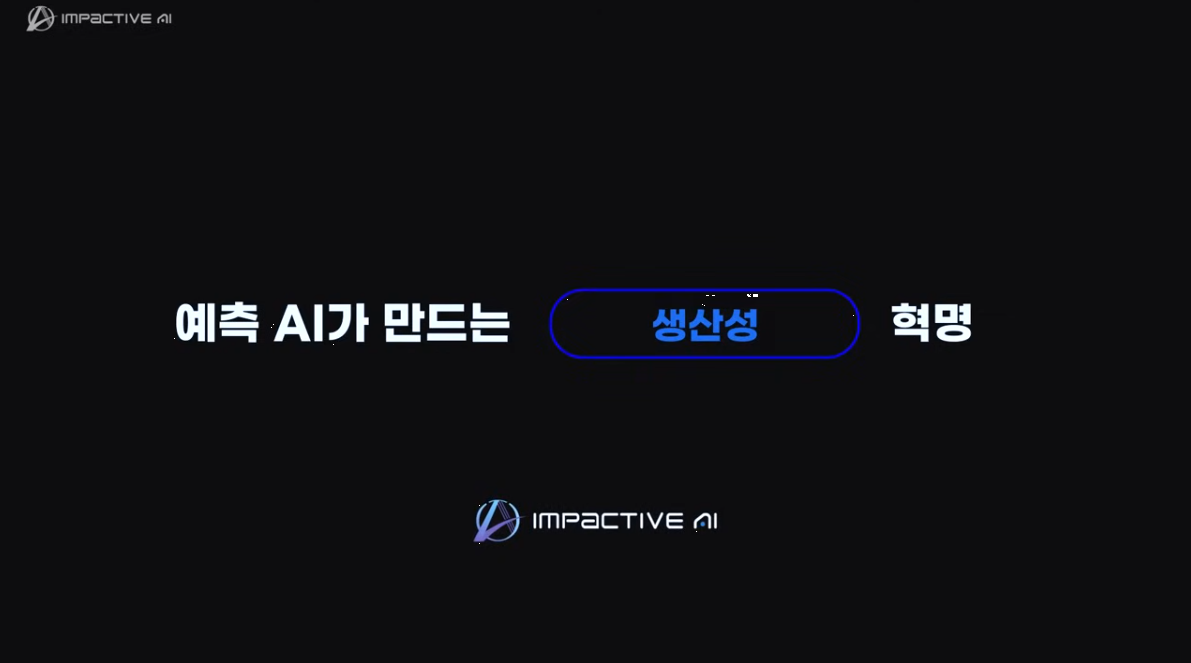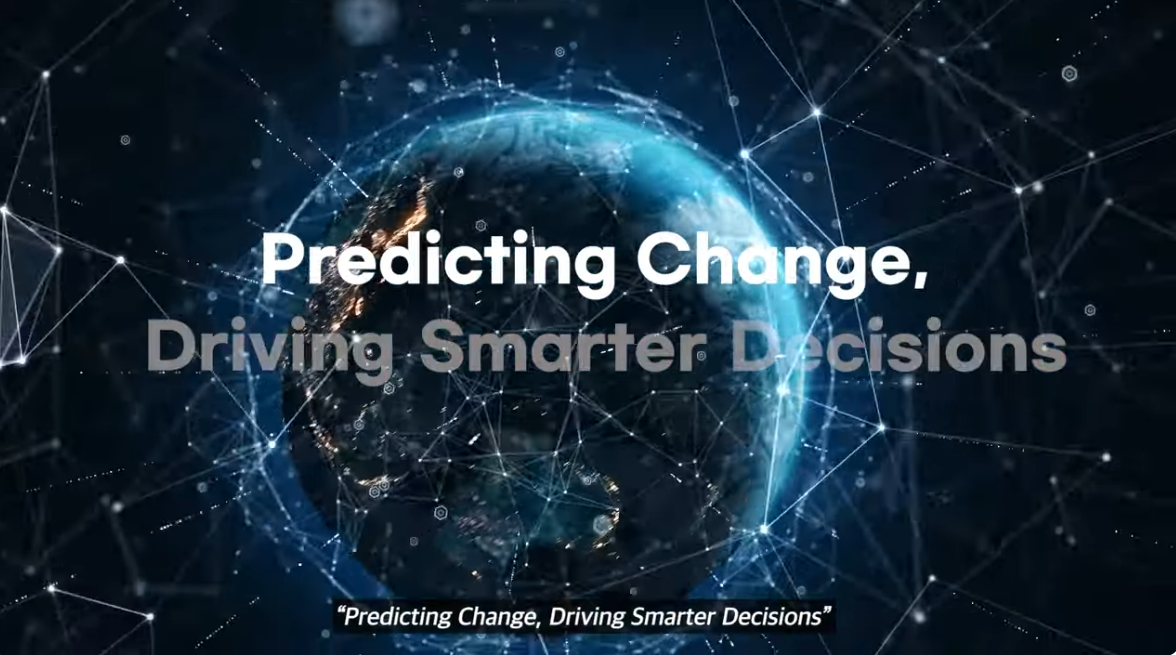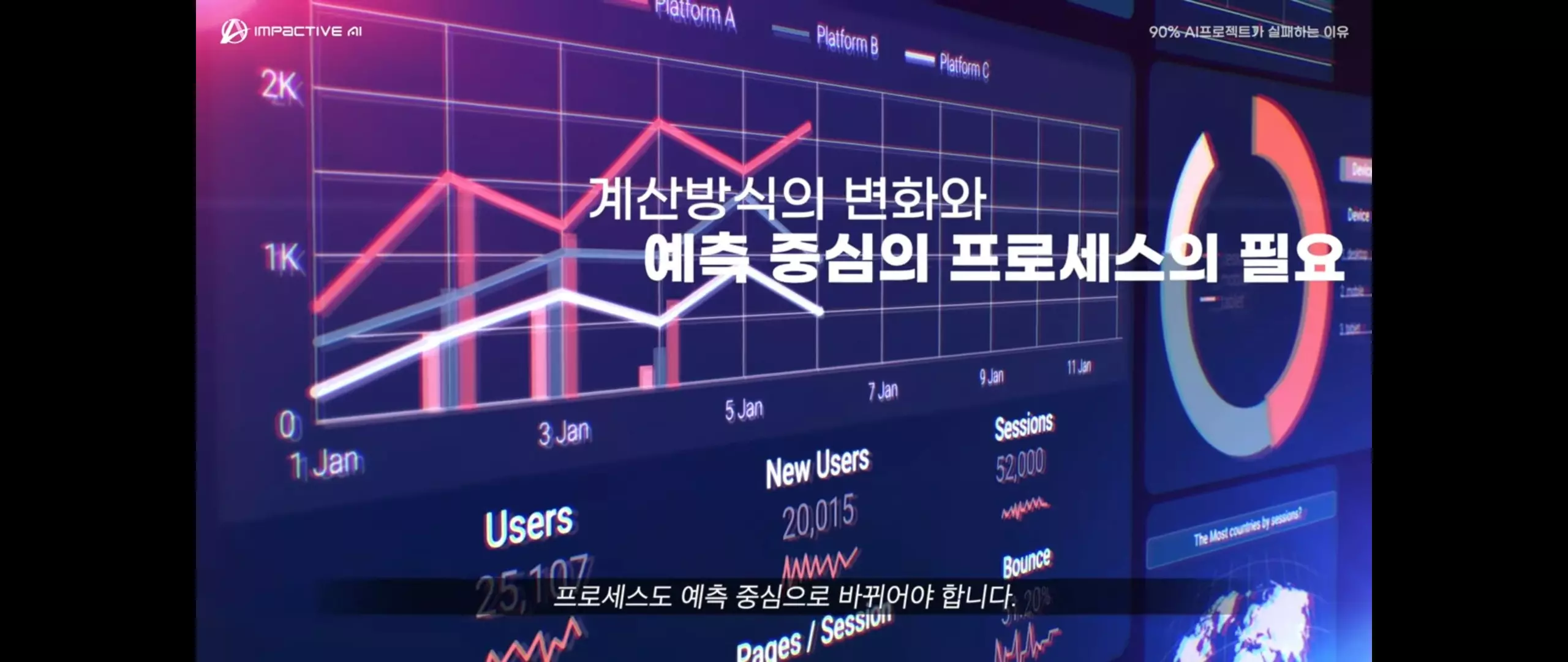Gain a competitive edge with AI price prediction solutions

One of the biggest challenges facing organizations today is the difficulty of responding to market volatility due to the lack of accurate price forecasting solutions. With increasing uncertainty, including fluctuating commodity prices, global supply chain instability, and rapidly changing consumer demand patterns, the importance of accurate price forecasting has never been greater.
Businesses across industries are struggling to keep up with these changes, as traditional methods of simply relying on historical data and intuitionare no longer enough to stay competitive.
AI price prediction solutions are emerging as powerful tools to address these challenges. By leveraging advanced machine learning and deep learning techniques to analyze massive amounts of data and predict future price trends, they can revolutionize the decision-making process for businesses.
In this article, we'll take a deep dive into the strategic value and ROI of adopting AI price forecasting solutions, explore key considerations for real-world implementation, and learn how real-world companies are using these solutions to achieve tangible results through the example of Impactive AI, a leading AI demand forecasting company in Korea.
The strategic value and ROI of AI price forecasting solutions
In the modern business environment, accurate price forecasting has become a key element of competitive advantage. However, many business decision makers lack confidence in the true value and return on investment of AI price forecasting solutions. In this chapter, we take an in-depth look at the strategic value of AI price forecasting systems and how to measure ROI.
Price prediction challenges in times of market volatility

One of the biggest challenges in the modern manufacturing industry is unpredictable market volatility. Global supply chain disruptions, commodity price spikes, and geopolitical risks are no longer the exception, but the rule. In this environment, it's nearly impossible to maintain operational stability with traditional forecasting methodologies.
Especially in manufacturing, failing to forecast commodity prices is more than just a numerical error; it's a business crisis. Underforecasting leads to production disruptions and late deliveries, while overforecasting leads directly to excess inventory and higher capital costs. Across industries, accurate forecasting is becoming more a matter of corporate survival than operational efficiency.
Even more concerning, these forecasting errors go beyond short-term financial performance to distort long-term strategic planning. Capital investments or capacity expansions based on incorrect demand forecasts can hamper a company's profitability for years. In fact, some manufacturers are losing as much as 3-5% of their annual revenue due to inaccurate forecasts.
In addition, the speed of market response is becoming increasingly important. The quarterly forecasting cycle of the past simply cannot keep up with the current pace of market change, and supply chain managers within organizations are increasingly demanding near real-time forecasting information for faster decision-making.
To address these complex challenges, AI price forecasting solutions are emerging as an alternative. These solutions process vast amounts of data and recognize complex patterns to enable more accurate and faster forecasts.
The real business value of AI price prediction solutions
In an enterprise environment, what matters more than the technology itself is how it solves real business problems. The value of an AI price forecasting solution lies in how it improves the quality of on-the-ground decision-making, rather than complex algorithms.
What's remarkable about modern AI forecasting systems is their ability to integrate data. The integration of various data sources, which was not possible in traditional ERP systems, is now a reality. Analytics include not only internal transaction data, but also economic indicators, weather, social media, and even competitor trends, enabling more sophisticated forecasting.

The 90%+ predictive accuracy of Impactive AI's DeepFlow solution is noteworthy in the industry - it's not just a statistical improvement, it translates into real operational stability and profitability. The ability to analyze more than 6 million data points is reliable enough for even the largest manufacturing environments.
In particular, the ability to adaptively learn is a key competitive advantage in a rapidly changing market environment. Whereas systems in the past relied on fixed models, AI solutions are constantly learning new patterns and adjusting their predictive models. This allows them to quickly adapt to unexpected market changes.
In terms of business operations, the most useful feature is scenario analysis. It allows you to create proactive response plans for various risk scenarios, such as production disruptions from key suppliers, spikes in raw material prices, and changes in competitors' strategies. This leads to faster decision-making in times of crisis.
Additionally, Impactive AI's LLM-based consumer preference prediction service provides new insights into product development and go-to-market strategies. These technical capabilities translate into real business value, making companies more profitable and competitive.
A framework for measuring the ROI of adopting an AI price prediction solution
When a company is considering a new technology investment, the most important question to ask is, "Will this create real value?" For organizations considering adopting an AI price prediction solution, ROI should be a comprehensive valuation framework, not just a simple cost/benefit calculation.
The figure of $280 billion in cumulative savings for companies that have implemented Impactive AI solutions is noteworthy. But it's important to understand the business value behind these numbers. Industry experts have shown that direct cost savings are only part of the total value.
A true ROI assessment must also include indirect effects: improved forecasting accuracyleads to optimized production planning, better resource utilization, and ultimately, improved on-time delivery and customer satisfaction. This cascading value is not included in simple cost savings calculations, but is a key component of a company's competitive advantage.
A particularly important aspect in the manufacturing sector is risk mitigation. Erosion of profitability due to raw material price volatility is a major risk factor for companies. Accurate price forecasting acts as an insurance policy to manage this risk, and its value tends to be underestimated in typical ROI calculations.
Before implementing an AI price forecasting solution, it's essential to set clear KPIs. Specific metrics such as inventory levels, inventory turnover, forecast accuracy, frequency of production plan changes, and material cost variance should be used to objectively measure the effectiveness of the solution. These metrics will not only help you determine the success of the solution, but also provide a basis for continuous improvement.
A practical approach to implementing an AI price prediction solution
Once you understand the value of an AI price prediction solution, you need a practical approach to how to effectively implement it. In this chapter, we'll provide strategies for successful implementation and solutions to real-world challenges.
Successful adoption stories and key success factors
When we look at the success stories of AI price prediction solution adoption in manufacturing, we see some common and notable factors. Industry analysts have observed that successful implementations focus on a strategic approach rather than technology.
One manufacturer's adoption of ImpactAI's DeepFlow solution is particularly impressive. The company adopted the AI solution to address the problem of deteriorating profitability due to fluctuating commodity prices. Importantly, they set clear business goals and success metrics before adopting the technology.

The key success factors found in DeepFlow's success stories include: First, a clear business problem definition and goal-setting - approaching AI solutions as a tool to solve specific business challenges, rather than simply adopting the latest technology.
Second, there was active support and engagement from top management. Digital transformation projects are an enterprise-wide effort, not just a task for the technology department. In successful cases, executives recognized the importance of the project and actively supported it.
Third, they adopted a phased and realistic approach to implementation. Rather than trying to change everything at once, we started with pilot projects that produced quick wins in specific areas and scaled up gradually. This approach was effective in managing risk while gaining organizational buy-in through early results.
Top adoption challenges and strategies to overcome them
There are common challenges that many organizations face when adopting an AI price prediction solution. It's important to recognize these obstacles in advance and prepare an effective response strategy.
The most common challenges are data qualityand integration issues. Many organizations face data silos, where data is siloed across departments, or outdated legacy systems that limit access to data. To address this, it's important to establish data governance before adopting AI solutions and, if necessary, precede data integration projects.
Another significant challenge is the lack of capabilities within the organization. AI and data science are specialized skill sets, and many organizations struggle to find this talent. An effective strategy is to take a hybrid approach, working with a professional services provider like Impactive AI initially and building internal capabilities over time.
Change management is also an important challenge that is often overlooked. Adopting an AI price prediction solution is more than just a technology change; it involves a change in work processes and decision-making. This can lead to resistance within the organization. Effective change management requires engaging key stakeholders early on, clearly communicating the benefits of the solution, and investing sufficient resources in user training.
Of particular importance is effective collaboration between business and IT departments. One of the most common problems is when an AI solution is technically superior but fails to meet real business needs. To avoid this, it's important to actively engage business units from the beginning of the project, clearly defining business requirements and effectively translating them into technical requirements.
Finally, many organizations tend to have unrealistic expectations of AI solutions. AI is a powerful tool, but it's not a magic solution. It can have limitations, especially in the early stages, and it's common to see incremental improvements over time. That's why it's important to set realistic expectations and build a system for continuous improvement.
Practical approaches and strategies for SMBs
The adoption of AI price prediction solutions isn't limited to large enterprises, but small and medium-sized businesses have the advantage of being able to make decisions and implement changes more quickly. Let's take a look at some practical approaches that SMBs can take to reap the benefits of AI price prediction solutions, even with limited resources.
The first strategy for SMBs is to utilize cloud-based solutions. Companies like Impactive AI offer cloud-based services that are accessible without the need for large infrastructure investments. This allows you to access advanced AI capabilities while significantly reducing your initial investment.
The second strategy is a phased approach. Rather than trying to automate all areas at once, it's better to focus on specific areas where you can create the most value. For example, you might start with the product lines that are most sensitive to commodity price fluctuations and expand gradually.
The third strategy is to work effectively with external experts. For SMBs that don't have all the internal expertise, working closely with a solution provider can provide the expertise they need. The key is to build a partnership focused on creating business value, not just delivering technology.
SMBs can also struggle with data acquisition. In this case, a strategy that leverages public data sources and industry benchmark data is effective. Solution providers like Impactive AI already have a wide range of industry data, and can combine it with company-specific data to build effective predictive models.
Finally, SMBs should focus on delivering results quickly and validating ROI. Rather than large-scale projects, a strategy that works well is to secure executive support with a pilot project that can show tangible results in 3-6 months, and then scale incrementally from there.
Strategic preparation for the future and a holistic approach
Future trends and developments
Successfully implementing an AI price prediction solution is a start, but continued value creation requires strategic preparation for the future and a comprehensive approach. In this chapter, we'll lay out a strategy for long-term success and how to prepare for future trends.
As the data-driven infrastructure evolves, AI price prediction systems are moving beyond simple decision support to autonomous decision-making systems. The systems of the future will automatically adjust purchasing strategies, optimize pricing, and manage inventory levels within set parameters, freeing businesses to focus on strategic decision-making while maximizing operational efficiency and minimizing human error.
Rapid advances in generative AI are accelerating the development of these autonomous systems. Impactive AI's LLM-based consumer preference prediction service extracts insights from unstructured data to capture market trends and shifts in consumer psychology. In the future, this generative AI will automatically generate and analyze different scenarios in complex market environments, providing a level of strategic insight not previously possible.
Alongside these technological advances, the data collaboration ecosystem is rapidly maturing. Secure data sharing platforms utilizing blockchain technology create an environment where companies can share data while maintaining a competitive advantage. For SMBs in particular, these ecosystems provide an opportunity to access richer insights beyond their own limited data. Impactive AI is leveraging this collaborative ecosystem to develop industry-specific predictive models.
To effectively respond to these future trends, companies need to examine whether their current solutions have a flexible architecture that can seamlessly integrate with future technologies. Beyond just adopting technology, they need to invest in developing their organizational culture and capabilities so that they are ready to quickly embrace and leverage new technologies and approaches. Only those organizations that prepare for the future will be able to maintain a sustained competitive advantage in a rapidly changing market environment.
A comprehensive strategy for sustainable value creation
The long-term success of an AI price prediction solution goes beyond simple technology implementation and depends on a culture of data-driven decision-making and continuous improvement across the organization. Organizations that focus only on short-term results will stagnate after the initial impact, while those that take a holistic approach will gain a lasting competitive advantage.
The first step to a successful AI price prediction solution is to create a data culture within your organization. Without a culture that recognizes the importance of data and manages data quality, even the best AI solutions will struggle to deliver the expected results. As Impactive AI's success story shows, establishing data governance and improving data literacy are key elements of digital transformation.
Effective integration of AI solutions with business processes is also critical. A clear path must be designed for how price forecasting results feed into the actual decision-making process and how improved forecast accuracy translates into business outcomes. This means considering business process redesign from the outset of the solution.
Establishing a system of continuous learning and model improvement is also essential for long-term success. AI price prediction models must constantly adjust as market conditions and consumer behavior change. Impactive AI's DeepFlow solution is able to maintain a high prediction accuracy rate of 98.6% because it has built-in mechanisms for continuous learning and improvement.
Long-term planning to develop human and technical capabilities is also important. To effectively utilize the insights provided by AI price prediction solutions, organizations need people with data analytics skills and business domain knowledge. Companies should develop internal training programs and work with external experts to ensure they have the necessary capabilities.
A culture of experimentation to innovate is also critical for sustained value creation. Whether it's exploring new data sources to improve price prediction accuracy, testing different algorithms, or developing new use cases, continuous experimentation is essential to extend the value of the solution. At Impactive AI, we work with our customers to develop specialized models for different industries to continuously expand the reach of our solutions.
Finally, it's important to consider the ethics and responsible use of AI price prediction solutions. Issues such as data privacy, algorithmic bias, and transparency in decision-making can impact a company's reputation and the sustainability of the solution in the long run. Establishing and adhering to ethical guidelines is essential to building trust and creating sustainable value.
Bottom line: How AI price prediction solutions can transform your business
In a rapidly changing market environment, AI price prediction solutions are no longer an option, but an essential competitive advantage. Cutting-edge solutions from companies like Impactive AI play a key role in helping organizations effectively respond to complex market volatility and drive sustained growth through data-driven decision-making.
As we've seen in this article, the successful adoption of AI price prediction solutions is not only about the technology itself, but also about setting clear business goals, changing organizational culture, and taking a long-term strategic approach. It's not just about adopting the latest technology, it's about effectively integrating it with business processes and building a system that creates lasting value.
Only those organizations that proactively address future trends, such as real-time data analytics, autonomous decision-making systems, advances in generative AI, and data collaboration ecosystems, will be able to maintain their competitive advantage. Impactive AI's innovative solutions are leading the way in these future developments, helping organizations achieve real results on their digital transformation journey.
Adopting an AI price prediction solution is not just a technology upgrade, it's a business transformation journey. Successful organizations will be able to turn uncertainty into opportunity, harness the power of data, and gain a sustainable competitive advantage. The winners of the future will be those who embark on this journey with a strategic approach and long-term vision.


.svg)
%202.svg)
.svg)


.svg)
















.svg)